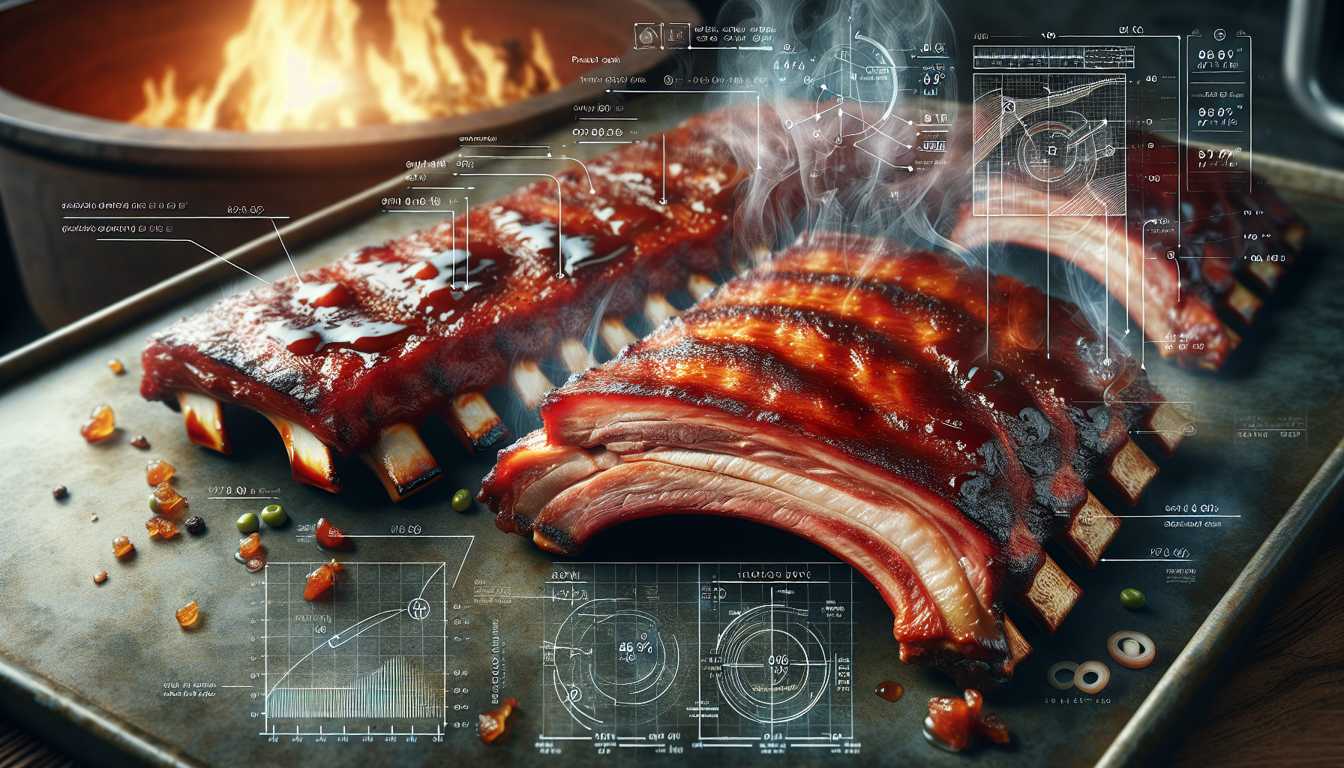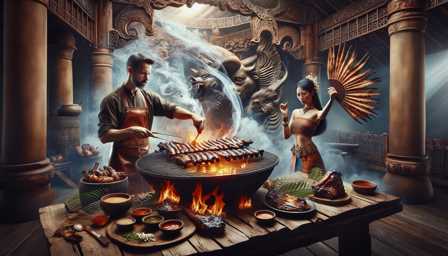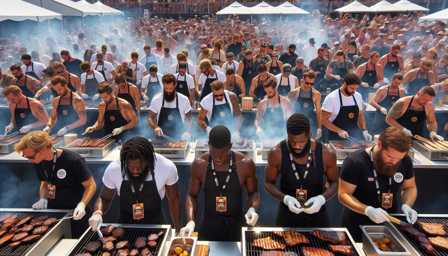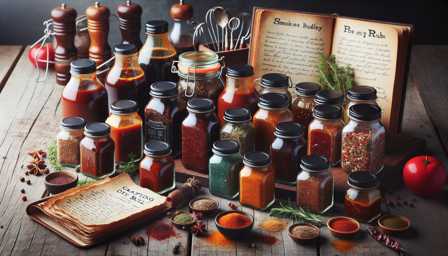
Low and Slow: The Science of Perfect Barbecue Ribs
Barbecue ribs are a staple of American cuisine, known for their rich flavor and tender texture. Achieving this culinary delight requires a balance of science, patience, and skill. This article delves into the intricate process of making perfect barbecue ribs, emphasizing the importance of the "low and slow" cooking method.
Understanding the Meat
The journey to perfect ribs begins with understanding the meat itself. Pork ribs come primarily in two cuts: baby back ribs and spare ribs. Baby back ribs, cut from the top of the rib cage near the backbone, are leaner and smaller. Spare ribs, from the belly side of the rib cage, are meatier and have more fat.
Preparing the Ribs
Before cooking, preparation is key. This involves removing the membrane on the underside of the ribs, which can become tough when cooked. Seasoning is next, typically involving a dry rub—a blend of spices and herbs like paprika, brown sugar, garlic powder, and cumin. Brands like McCormick and Spice Island offer a variety of pre-mixed options.
The Role of Marinades and Sauces
Marinades and sauces play a crucial role in flavoring and tenderizing the ribs. A good marinade, like Stubb's Marinade, can add depth of flavor. Barbecue sauces, applied in the last stages of cooking, contribute to the final taste. Sweet Baby Ray's and Jack Daniel's BBQ Sauce are popular choices.
The Low and Slow Method
The essence of perfect ribs lies in the cooking method. "Low and slow" is the mantra of barbecue masters. This method involves cooking the ribs at a low temperature (225-275°F) for an extended period (3-5 hours). This slow process breaks down the collagen in the meat, resulting in tender, fall-off-the-bone ribs.
Smoking the Ribs
Many barbecue enthusiasts swear by smoking as the best method for cooking ribs. Smokers like the Weber Smokey Mountain or Traeger Pellet Grills use indirect heat and wood smoke to cook the meat, imparting a distinct smoky flavor. Popular wood choices include hickory, mesquite, and applewood.
Oven Baking as an Alternative
For those without access to a smoker, oven baking is a viable alternative. Ribs can be wrapped in foil and cooked in the oven at a low temperature for several hours, then finished with a broil or a quick grill to caramelize the sauce.
Finishing Touches
The final stage involves glazing the ribs with sauce and giving them a brief exposure to higher heat. This process caramelizes the sugars in the sauce, creating a sticky, flavorful crust.
Serving the Ribs
Presentation is key. Cut the ribs into individual or two-rib portions, and serve them hot. Accompaniments like coleslaw, cornbread, and baked beans complement the rich flavors of the ribs.
Conclusion
The science of perfect barbecue ribs is rooted in understanding the meat, meticulous preparation, and mastering the low and slow cooking method. Whether smoked or oven-baked, the result is a delicious, tender, and flavorful dish that epitomizes the art of barbecue. Remember, great ribs are worth the wait!



